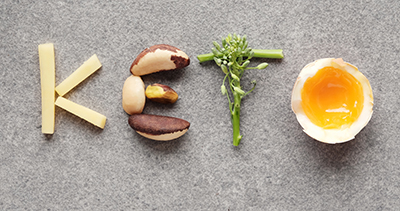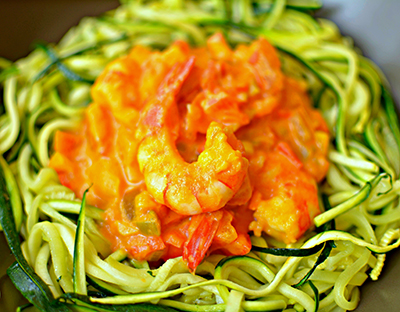Is the Keto diet safe?
February 18, 2019

Rosemary Weaver, MPH, RDN, LDN, Clinical Dietitian at Northwest Community Healthcare Wellness Center
The popular Keto diet, a high-fat, moderate-protein, very low carbohydrate diet, typically means eating fewer than 50 grams of carbs a day. This limits vegetables, grains, fruits and dairy products and eliminates sugar. Getting most of your calories from fat makes your body burn fat for energy instead of carbs. This causes the body to enter a state called ketosis.
The positives
Nutritional ketosis may have some brain-protecting benefits and is used in the treatment of epilepsy in some young people. Some early research seems to indicate possible blood sugar control benefits for patients with diabetes, but much more research is needed.
The negatives
There isn’t much evidence to show that this type of eating is effective — or safe — over the long term for treatment of anything other than epilepsy. Diets very low in carbohydrate cause water/fluid loss, loss of muscle protein and can have various side effects, including constipation and other gastrointestinal issues, headaches, bad breath and more. Staying on the Keto diet requires cutting out many healthy foods, making it difficult to meet micronutrient needs.
Who should not try the Keto diet
In my opinion, no one should embark on the Keto diet without the permission and supervision of their primary care physician. Groups of people at greatest risk are pregnant or nursing women, those with renal, cardiac or liver disease, and individuals with a history of gout or kidney stones. The high level of saturated fats combined with limits on nutrient-rich fruits, veggies and grains are a concern for long-term heart health.
Bottom line
Ask your doctor. A safer bet is a balanced diet primarily focused on plant-based foods, which includes lean protein and a moderate amount of healthy fats as recommended in the Mediterranean or DASH diets.
NCH has registered dietitians available to assist patients with their nutrition. Call 847-618-3625 for nutritional counseling at the Northwest Community Healthcare (NCH) Wellness Center, or 847-618-3700 for outpatient nutrition services at the hospital.
Here’s a low-carb recipe that’s packed with nutrients. It uses fresh zucchini spiralized into noodles or “zoodles.” Although not low in fat, the recipe includes primarily monounsaturated fat sources.

Nutty Avocado Pesto with Shrimp and “Zoodles”
(Four servings)
- 5 or 6 medium zucchini (2¼ to 2½ lbs) washed and trimmed*
- ¼ tsp salt
- 1 medium avocado, ripe
- 1 c fresh basil leaves, packed
- 1/8 c unsalted pine nuts (raw pignolias)
- 2 tbsp lemon juice
- ¼ tsp fresh ground black pepper
- ¼ c extra-virgin olive oil plus two additional tablespoons, divided
- 3 cloves garlic, minced
- 1 lb raw shrimp (about 21, peeled and deveined)
- 1 tsp Cajun seasoning
*Note: Frozen zucchini spirals may be substituted but may yield a mushier finished dish.
Preparation
- Using a spiralizer, cut zucchini lengthwise into long, thin strands or strips. Place the zucchini noodles in a colander and pat lightly using wax paper. Let drain for 15 minutes, then gently squeeze with wax paper again to eliminate excess water.
- In a food processor, combine avocado, basil leaves, pine nuts, lemon juice, pepper and salt. Pulse until finely chopped. Add ¼ cup olive oil and process until smooth.
- In a large skillet, heat 1 tablespoon olive oil over medium-high heat. Add garlic and cook, stirring, for 30 seconds. Add shrimp and sprinkle with Cajun seasoning; cook, stirring occasionally, until the shrimp is almost cooked through, 3-4 minutes. Transfer to a large bowl.
- Add 1 tablespoon oil to the pan. Add the drained zucchini noodles and gently toss until hot, a few minutes. Transfer to bowl with shrimp, add the pesto and gently toss to combine.
Nutrition information (per 1 ¾ cup serving)
Carbohydrates, 14g; proteins, 26g; fat, 32g; calories, 448. Exchanges: 6 fat; 3 lean protein; 1½ vegetable
Modified from a recipe found on Eatingwell.com.